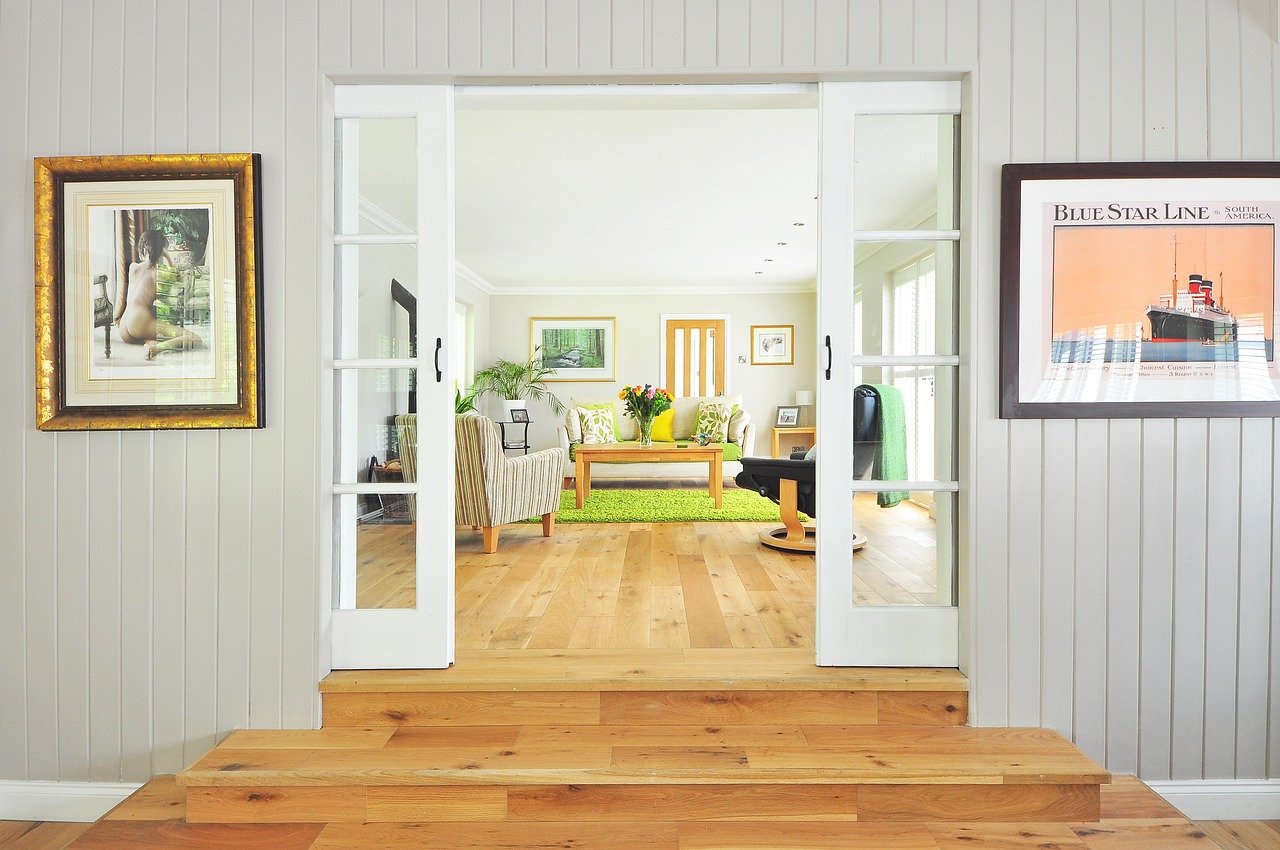There are many types of flooring one can choose from, in this day and age. Depending on where you are exactly in the globe, you can have as many or as little as to what is available in your location. Natural bamboo in Asia, stones in the Himalayas, reeds in the Middle East.
The manufacturing and aesthetic reason would be grounded on the same basics for other regions of the world. But technology has given us a wider range of choices apart from the natural flooring. To answer the question, it is the peel-and-stick variety, but there is a lot more to that, really.
Here we present tapered down options for flooring where a lot more sub-options are available because of all those multitude of manufacturers. In a pragmatist view, however, this is the most sensible list though this is not in any ranking whatsoever.
Hardwood, Natural and Dense
These are the wood flooring that comes from natural, solid, densely-packed grained trees that have grown for decades of known and popular species of trees.
Needs:
- Subfloor or floor beams
- Treatment against Pests
- Maintenance
Pros:
- Lifetime
- Real, solid wood
Cons:
- Susceptible to weather
- Scraping
- Water absorption
- May be the most expensive in the list depending on the site of your project.
- Not suitable for DIY. Professionals required.
Types:
- Mahogany
- Oak
- Narra
- Hickory
Hardwood, Engineered
This type of flooring has two essential layers: the top, thin layer is a veneer of true and real wood, the lower, thicker layer made of fiberboard of high density or, sometime, plywood. With different finishes, it is less thick but can be much wider than a hardwood plank.
Needs:
- A subfloor is needed for it to be glued or nailed to the subfloor. It can also be a floating floor using its tongue and grooves.
Pros:
- Less susceptible to temperature changes and weather conditions.
- Does not warp easily.
- Much less expensive than solid wood.
Cons:
- Does not achieve lifetime age.
- Will scratch and gouge with real wood on top layer.
- Re-touch on the finish can be done only once or twice, at most, in its lifetime.
- Installation is tedious and better left to professionals.
Laminated Flooring
This type of flooring has three layers with high-density fiberboard at its base then an image layer of what is being imitated (stone, wood, etc.) and a wear layer at the top which is made of a plastic to protect it from wear and tear and fading.
Needs:
- A subfloor is also needed for this type of flooring where this is usually installed as a floating floor, but professional installers may also glue this to a concrete subfloor.
- A soft underlayment may sometimes be required by the manufacturer to glue together.
Pros:
- Much more durable than engineered wood due to the wear layer.
- UV resistant
- Cleans easily
Cons:
- Slippery when wet due to the wear layer.
- This is not water resistant and may swell when water intrudes into the base layer.
- Installation is akin to engineered wood and professional workers are recommended, although it can be much faster and easier if you use the right tools such as dust-less laminate floor cutter.
Vinyl Plank (or Tile or Sheet)
A synthetic material of highly durable quality flooring option made out of plastic with three common layers of a base layer of vinyl, a design layer, lastly would be the wear layer. This can be in tile form, plank, or whole sheets with thousands of designs available from many makers.
Needs:
- Subfloor to glue the tile/plank/sheet onto.
Pros:
- Installation is easy than the others.
- DIY project possible.
Cons:
- Not environment friendly.
- Improper installation, specially the vinyl sheets, will cause massive warping.
Carpet Tiles
This is a flooring option that hits two purposes in one: better looking floor and a carpet at the same time. There are varieties that come with adhesives ready to be peeled off at the back.
Needs:
- Subfloor must be cleaned with not even dust on it.
Pros:
- Comes with adhesive at the back
- Installation is the easiest of all the types of flooring.
Cons:
- Mold and mildew accumulation.
- Constant and regular vacuuming.
- Schedule shampooing.

